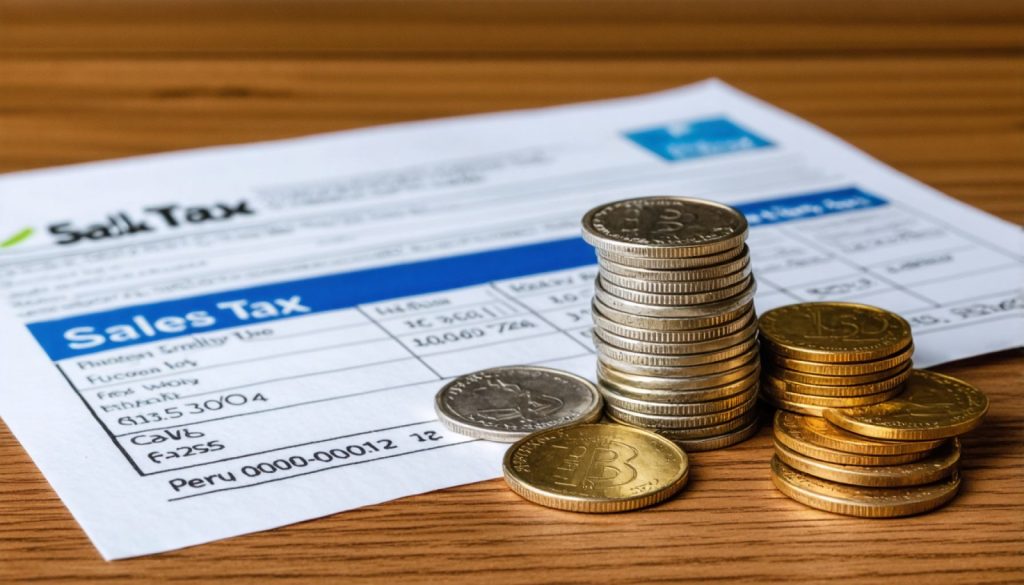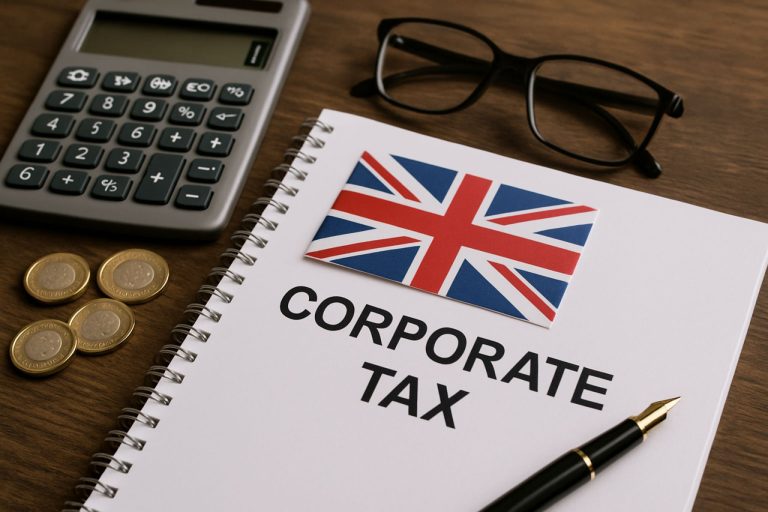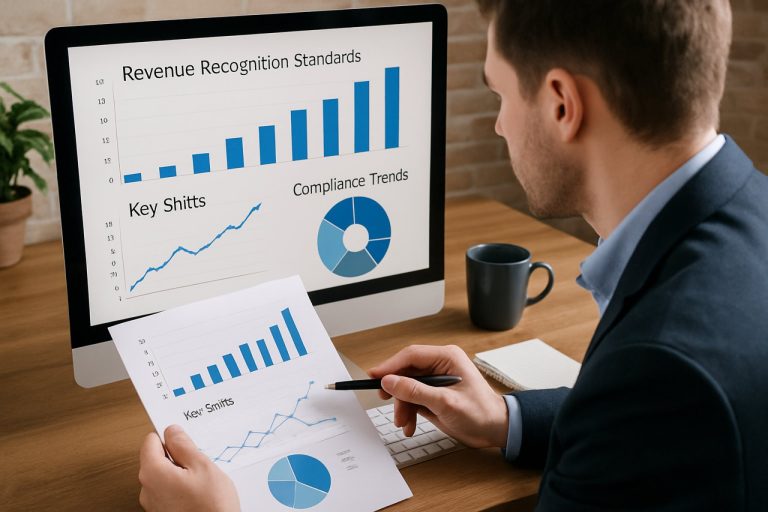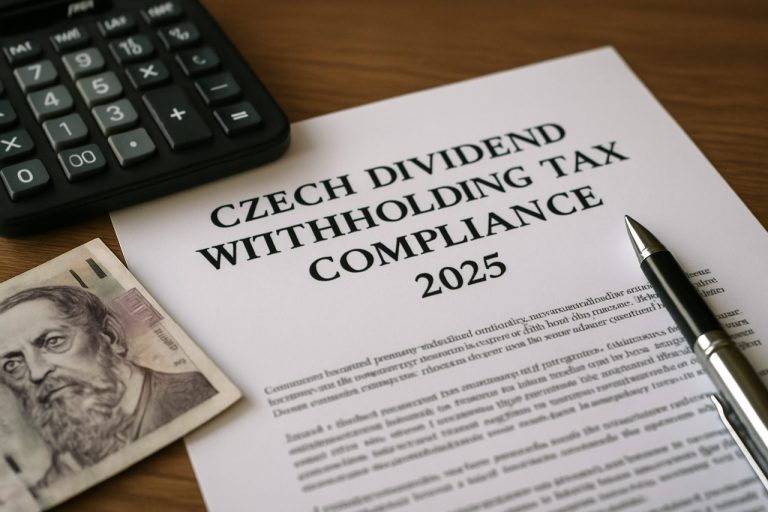
- Peru’s sales tax, known as the Impuesto General a las Ventas (IGV), is set at 18%, influencing nearly every purchase, from street vendor items to restaurant meals.
- This tax subtly increases the cost of goods, as it is quietly included in transactions across the country.
- The revenue from the IGV supports essential public services in Peru, such as roads, schools, and hospitals, contributing to the nation’s development.
- However, some basic staples and unprocessed foods are exempt from this tax, offering financial relief to households.
- Understanding the IGV not only highlights the cost of purchases but also illustrates how individual spending contributes to Peru’s broader economic progress.
- Each taxed purchase can be seen as a contribution to the country’s growth, making the economic impact of spending equally significant to consumers and national development.
Picture this: you’re strolling through the bustling streets of Lima, the air filled with the enticing scent of sizzling anticuchos on the grill. With every step, the vibrant colors of street vendors’ goods pull you in. You find a perfect handwoven blanket from the Andean highlands, but as you reach for your wallet, an invisible number follows your purchase—Peru’s sales tax.
In Peru, the sales tax, known locally as the Impuesto General a las Ventas (IGV), stands at a formidable 18%. This tax permeates almost every transaction, from humble street vendor purchases to lavish restaurant dinners. It’s the quiet partner in every sale, unseen but profoundly influential.
Like a shadow creeping across the cobblestone streets of Cusco during sunset, this tax subtly elevates prices. What might seem like a bargain often becomes a reminder of the unyielding grasp of the government’s revenue mechanism. The scent of fresh empanadas suddenly seems pricier once the tax is factored in, but it doesn’t have to dampen the enjoyment of your discoveries.
Imagine standing at a market stall full of enticing fruits—succulent mangos, ripe bananas, vivid passion fruits—their lusciousness nearly palpable. As you fill your bag, consider not just their taste but also how the added tax supports essential public services like improving Peru’s road networks, schools, and hospitals. Perhaps it isn’t merely an additional cost, but a contribution to the mosaic of Peru’s development.
Yet, not everything is taxed equally. Basic staples such as unprocessed foods and the intoxicating aroma of home-cooked meals escape the clutches of this levy, offering a slight reprieve for households balancing their budgets.
Herein lies the takeaway: Awareness of Peru’s sales tax offers more than just an understanding of cost. It’s a gateway to comprehending how individual purchases intertwine with broader national progress. Your purchase isn’t just a transaction; it’s a dynamic thread woven into the fabric of a nation striving for growth.
So, as you wander through the vibrant bazaars and sample local delicacies, let each taxed purchase serve as a reminder. It’s more than an added cost—it’s a vibrant brushstroke on Peru’s vast economic canvas, painting both accountability and opportunity as you explore its rich landscape.
Unlocking Peru’s Economic Canvas: How Sales Tax Shapes More Than Just Purchases
Peru’s thriving markets and culinary delights offer not just a feast for the senses, but a glimpse into the intricacies of its economic framework. The 18% Impuesto General a las Ventas (IGV) is an essential aspect of the country’s fiscal landscape, crucial for both foreigners and locals to understand. Here, we delve deeper into the implications, exceptions, and real-world impacts of this ubiquitous tax.
Unveiling the Layers of Peru’s Sales Tax
Understanding IGV Essentials:
– IGV’s Role: The Impuesto General a las Ventas (IGV) is Peru’s primary consumption tax, pivotal for generating government revenue.
– Scope: It applies to the sale of goods domestically and certain imports, making it a significant factor in the pricing of both local and foreign products.
Tax-Free Exceptions:
– Exempt Goods: While most goods are taxed, unprocessed food items and basic health services are exempt, recognizing the necessity of these staples for citizens.
– Tourism Impact: Certain tourist services enjoy tax benefits, potentially providing relief for those planning to explore Peru’s rich cultural heritage.
Real-World Impacts and Market Insights
Boosting National Development:
– Infrastructure Improvements: A portion of tax revenue is funneled into upgrading nationwide infrastructure, ensuring roads, schools, and hospitals are progressively enhanced.
– Public Sector Dependency: By contributing to state revenues, taxes like the IGV are vital for maintaining public sector salaries, equipment, and development projects.
Challenges and Controversies:
– Tax Evasion Concerns: While the IGV is intended to be comprehensive, tax evasion remains a challenge, affecting the total revenue potential.
– Economic Barriers for Small Vendors: The complexity of taxation can pose a hurdle for smaller enterprises, as they navigate compliance while maintaining competitive pricing.
Actionable Recommendations for Travelers
1. Understand Pricing: Be aware of the 18% added to most goods and services when budgeting for your trip.
2. Explore Exempt Markets: Seek out food markets that might house untaxed goods for more affordable options.
3. Stay Informed: Consider local economic conditions and government announcements that might affect tax policies during your visit.
Life Hacks: Navigating Peru on a Budget
– Currency Exchange: Plan to exchange currency at competitive rates to maximize savings when calculating post-tax prices in soles.
– Local Transactions: Use cash where possible, as credit card payment processing fees can further increase costs.
By understanding the multi-layered effects of the IGV, both locals and visitors can better appreciate their role in Peru’s economic development. For further exploration into Peru’s policies, culture, and travel tips, visit the official Peru travel site.
The next time you’re relishing a steaming plate of lomo saltado or bargaining for a handwoven alpaca scarf, remember that each taxed peso spent contributes not just to your experience, but to Peru’s ongoing story of growth and development—an enriching journey for all involved.



